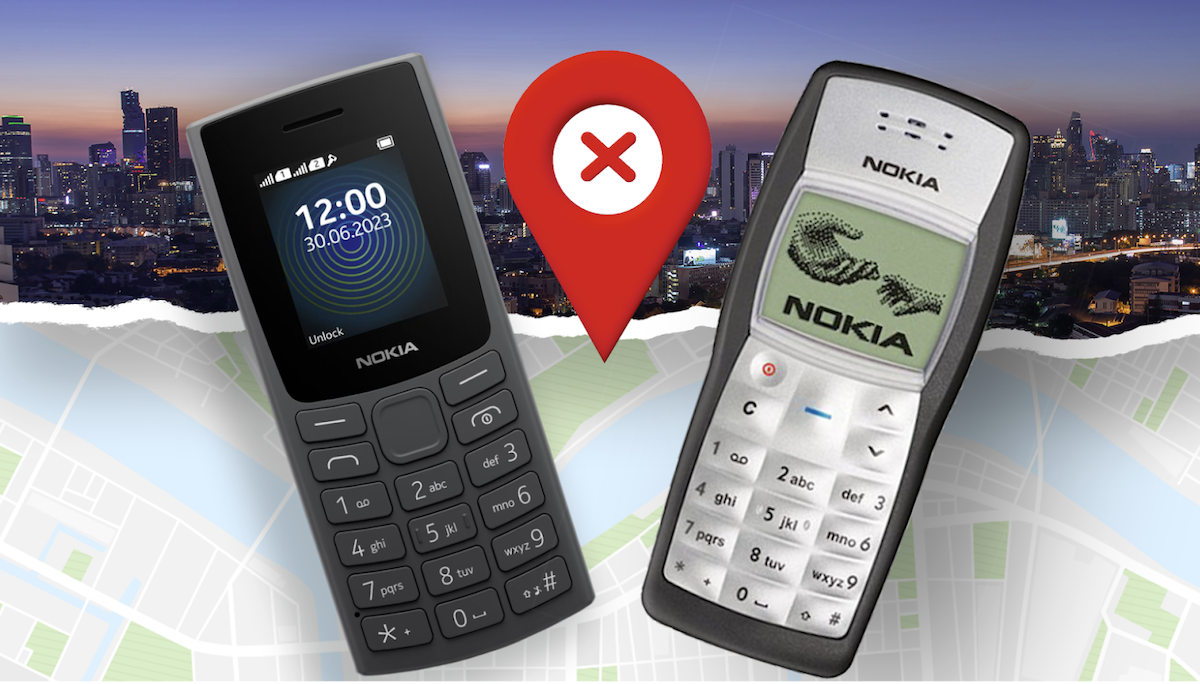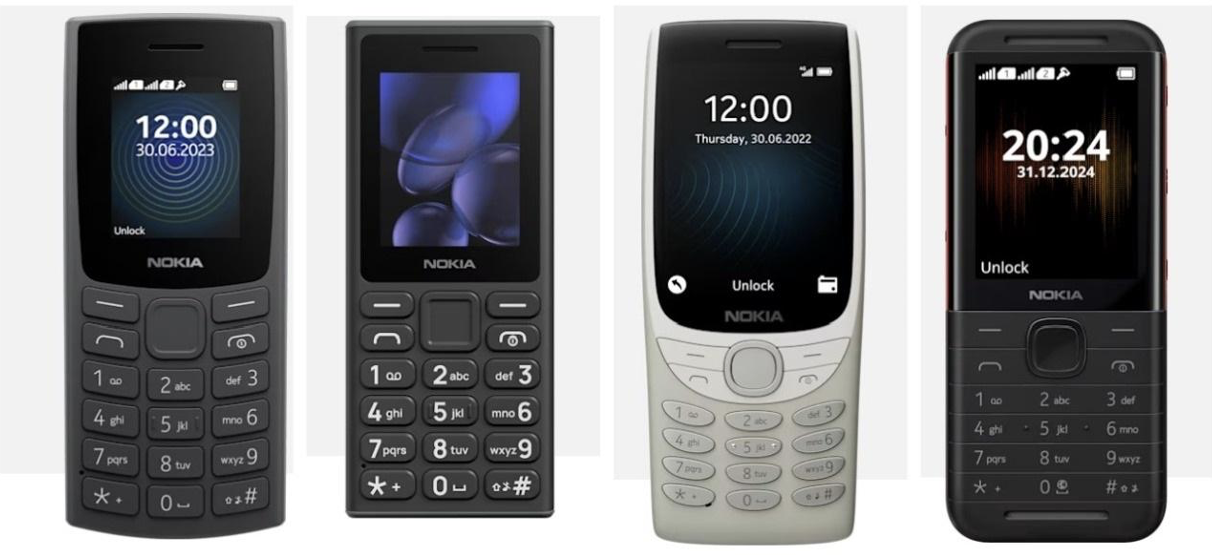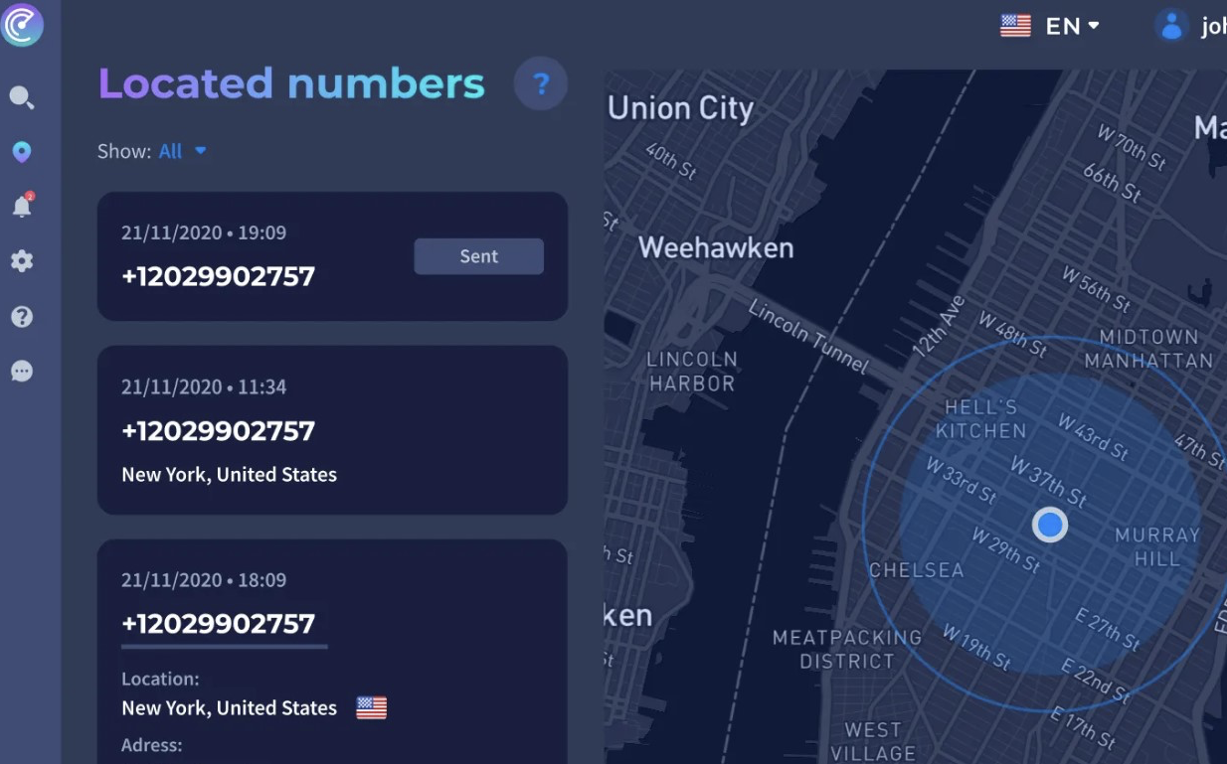Best Untraceable Nokia Phones: The Realities of Tracking

Nokia phones were the iPhones and Samsungs of the 2000 era. They were the market leaders in unique, intuitively designed smartphones. Today’s privacy-insensitive devices have often led many to revisit the legendary Nokia classics, which were relatively untraceable cell phones.
Nokia 1100, 1600, 3310, 8210, and 1200 were the most untraceable phones due to their lack of GPS capabilities and limited connectivity options. Since 2019, Nokia phones have kept the legacy of their predecessors and released newer models like the Nokia 110, Nokia 105, Nokia 5310, and Nokia 8210 4G while still focusing on untraceable privacy features.
Let’s take a deep dive and explore if you can still track Nokia mobile devices that have come out in recent years.
Characteristics of Untraceable Nokia Phones
Here’s the outline of potentially untraceable Nokia phones with their characteristics:
| Model | Operating System | Key Features | Untraceable Features |
| Nokia 110 | Series 30+ | Feature phone, long battery life | No GPS, limited connectivity |
| Nokia 105 | Series 30+ | Durable, affordable | No GPS, minimal data usage |
| Nokia 8210 4G | Series 30+ | 4G support, compact design | No GPS, limited tracking options |
| Nokia 5310 | Series 30+ | Music-focused, dual front speakers | No GPS, basic functionality |

These phones lack GPS and have a basic connectivity matrix that gives them the edge of being untraceable. But how does it work?
What Makes Nokia Phones Untraceable
The primary feature that makes these Nokia models truly untraceable mobile phones is their lack of GPS capabilities. Without GPS, it is cumbersome for law enforcement agencies and third parties to track the phone’s location.
Furthermore, they have limited internet connectivity, and the possibility of installing applications that may have a tracking backdoor is relatively finite.
Nokia 110 and 105 are basic feature phones that support communication, featuring an MP3 player and a simple voice recorder. The Nokia 110 also has a camera for taking pictures and small video clips. However, these devices have no support for apps or services that may potentially expose the phone’s location.
The Nokia 8210, despite having 4G connectivity without GPS, doesn’t support modern tracking apps or background location services. Meanwhile, the Nokia 5310 focuses on audiophiles and music lovers.
Unlike smartphones that require Google/Apple IDs for full functionality, these feature phones don’t link to cloud-based accounts. That means there’s no online backup, location history, or remote device tracking.
In addition, all these devices have removable batteries, making them untrackable phones once the batteries are removed.
Key privacy-enhancing features of Nokia phones:
- Lack of GPS chips.
- Simplified operating system with minimal data collection points.
- Minimized internet connectivity options with reduced digital footprints.
- Removable batteries for total power disconnection.
- Basic hardware architecture with few to no tracking vectors.
How One Still Can Track Nokia Mobile Phones Even Without GPS
Although the lack of GPS still makes a strong case for untraceability, some methods exist to track these Nokia phones.
IMEI based tracking:
Every phone worldwide has a unique IMEI (International Mobile Equipment Identification) 15-digit number burned in the chipset with that phone. Mobile service providers maintain databases of IMEI numbers that can be used to track Nokia phones through IMEI numbers. They can help authorized entities employ IMEI number tracking even without GPS capabilities through phone numbers issued by the operator.
IP address locating:
If the phone is connected to the internet through the service provider, its IP address can be used to determine its approximate location. If an IP address is obtained, it can be located by IP address through services like Scannero.io.

Cell ID tracking:
Mobile operators and service providers can triangulate the phone’s approximate location based on the Cell ID used to connect to cell towers. Despite being a basic Nokia phone, it must connect to cell towers for phone calls and messages, making it susceptible to such tracking methods.
Signal strength analysis:
Advanced systems may be utilized to pinpoint the phone’s location by analyzing the signal strength between multiple cellular towers. This method can be effective and accurate in dense cell tower coverage areas.
How to Make a Phone Untraceable
Considering the tracking techniques shared above, how can you increase untraceability chances?
- Disable location and GPS services and geo-sensors that are capable of location tracking.
- Use airplane mode when not using the phone actively.
- Avoid connecting to public or open Wi-Fi access points.
- Use prepaid SIM cards and regularly change SIM cards if possible.
- Use a VPN to mask your IP address and limit online activities.
Conclusion
Untraceable phones, like some Nokia models, do provide a reasonable balance between usability and privacy, but one should understand that no phone is truly undetectable. To remain undetectable, limit your online presence and activities and follow the tips above.
Whether choosing the Nokia 110 for its simplicity, the 8210 4G for its modern features, or the 5310 for its music accents, users must remember that true privacy requires a combination of suitable technology and careful usage practices. Understanding these realities helps you make informed decisions about your privacy.




